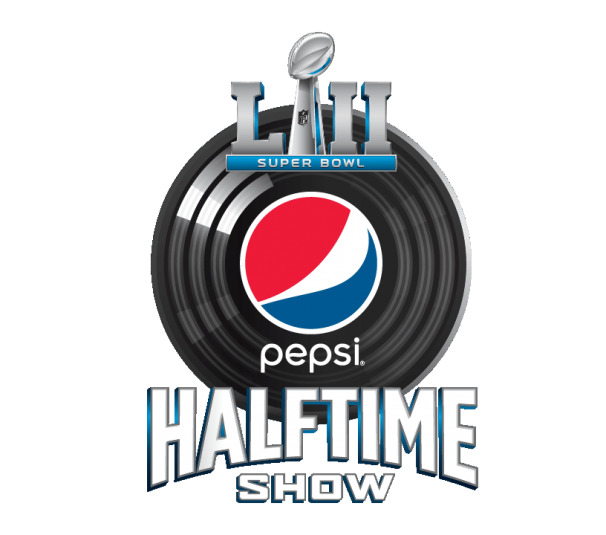Super Bowl LII: RF Reallocation Raises New Challenges in Wireless Audio
Halftime event will use a variety of strategies to address a complex production
Super Bowl LII is the first Super Bowl to take place since RF reallocation was settled in 2017, presenting the wireless-audio aspects of the event with a few new challenges.
 Professional Wireless Systems (PWS) is onsite at Minneapolis’s U.S. Bank Stadium as a subcontractor to ATK Audiotek, the sound-reinforcement provider for the halftime show and related events, managing the wireless microphones used by halftime star Justin Timberlake and the backup vocalists as well as the microphone used by Pink for the national anthem. Each year’s event tries to top the previous one with a more complex production.
Professional Wireless Systems (PWS) is onsite at Minneapolis’s U.S. Bank Stadium as a subcontractor to ATK Audiotek, the sound-reinforcement provider for the halftime show and related events, managing the wireless microphones used by halftime star Justin Timberlake and the backup vocalists as well as the microphone used by Pink for the national anthem. Each year’s event tries to top the previous one with a more complex production.
“The halftime shows are ambitious productions and can cover a large performance area,” says PWS President Geoff Shearing. “We’re expecting the same this year.”
To keep up, PWS is deploying a Shure Axient Digital wireless microphone system over a combination of conventional antennas and a Wisycom RF-over-fiber system, which will also transmit the Shure PSM 1000 in-ear monitors for the stage. The RF-over-fiber process converts radio frequencies into light by modulating the intensity of the light source, typically a laser, with the RF signal. It significantly exceeds the distance capabilities of traditional copper coax cable, which is limited to about 300 ft., and offers both very low signal loss (less than 0.5 dB/km) and immunity to EM and RF interference. Shearing says this capability will allow the fiber-optic cabling to be run the entire perimeter of the field.
He notes that the Shure Axient Digital system brings an additional advantage through its Quadversity feature. The Quadversity mode allows users to place two pairs of antennas in different zones or to double the number of antennas in a single zone, improving RF signal-to-noise in challenging environments. Another operational mode, High Density, increases the maximum simultaneous channel count from 17 to 47 per 6-MHz TV band (from 23 to 63 per 8-MHz TV band).
Shearing is also CEO of Radio Active Designs (RAD), which manufactures the UV-1G wireless intercom systems in use for on-field communications for the halftime event and supplied through ATK Audiotek subsidiary ATK Versacom. He explains that the UV-1G Enhanced Narrow Band technology is 10 times more spectrally efficient than conventional FM technology. As a result, the UV-1G offers an occupied bandwidth of 25 kHz between RF channels, vs. the 200- to 300 kHz buffer of conventional FM systems. In addition, the system uses the relatively unused VHF range for all beltpack devices, leaving more room for operation of other wireless devices, such as microphones and in-ear monitors.
“At Super Bowl halftime events, we are always expected to do more with less spectrum,” says Shearing, “so we have some technology advantages, like Quadversity and RF over fiber and UV-1G, that we’re using to offset the challenges. It’s always a high-pressure event, but this gives us a little more breathing room.”
